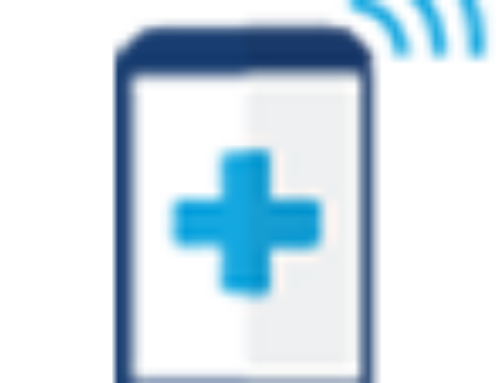Remote patient monitoring is an increasingly important element of cost-effective healthcare for Americans. Recently, the Centers for Medicare & Medicaid Services (CMS) have expanded the use cases for remote monitoring, including at Federally Qualified Health Centers (FQHCs) and Rural Health Clinics (RHCs). These “safety net” providers are crucial access points for often underserved patient populations from urban centers to exurban and sparsely populated rural communities. However, more must be done to ensure that providers of all kinds and patients can access these digital health tools moving forward. The Connected Health Initiative (CHI) convened a panel to discuss the importance of reimbursement for remote monitoring to a wide range of healthcare organizations, including Rimidi, an App Association member company and member of the CHI Steering Committee.
Bridging the Healthcare Gap with Remote Monitoring
Policymakers at the federal and state levels appropriately continue to focus on ways to improve access to and the quality of healthcare for unserved and underserved communities across the United States. Asynchronous remote monitoring tools—already proven to improve patient outcomes, reduce costs, augment population health management, and support the healthcare workforce—are now critical in confronting healthcare access and quality disparities that too many Americans find themselves on the wrong side of. Dr. Lucienne Ide, founder and CEO of Rimidi, highlighted the growth of remote monitoring during the COVID-19 public health emergency (PHE) and urged policymakers to embrace the change.
“We’ve been doing remote monitoring since 2014. The pandemic accelerated adoption, but the cliff created by the end of grant funding has been a significant challenge. Patients need consistency, and it’s hard to build trust in a system that may not be there tomorrow.” – Dr. Ide
The Role of Trust in Expanding Remote Monitoring
All our panelists discussed the importance of trust in the expansion of remote monitoring. Melissa Mariñelarena, director of nursing, quality, and population health at La Clínica del Pueblo, an FQHC serving Washington, DC, and Maryland, praised her staff for their embrace of the new method of serving their patients. Although funding their remote monitoring program remains a challenge, La Clínica recognizes the importance of using all available tools to deliver the care their patients need. Novella Thompson, administrator of population health at UVA Health, discussed the work that her program has done to gain the trust of both healthcare providers and their patients when using remote monitoring technology.
The Importance of Quality Data
As we talked through the strengths and challenges of continued use of remote monitoring, Lucie homed in on the importance of quality data. She noted that “quality of data in and quality of data out is one of our biggest hurdles. We need to push the industry to share more about these programs… I would hate to see us lose funding because we aren’t sharing data.” Novella underscored the importance of continued support for reimbursement through CMS for these technologies and events like this one that help providers share their experiences. Melissa highlighted the need for more trust-building work on remote monitoring to help healthcare providers feel comfortable providing the technology and to help patients feel comfortable using it.
Moving Forward
Remote patient monitoring is vital for expanding access to quality healthcare, especially in underserved communities. Our panel of experts emphasized the importance of trust, quality data, and continued support for reimbursement to ensure these technologies can bridge healthcare gaps rather than widen them. The support of CMS, state Medicaid policymakers, and Congress for the use of remote monitoring tools will be vital in reaching underserved populations across the country and in transforming the American healthcare ecosystem to one that improves patient outcomes, reduces costs, augments population health management, and supports the healthcare workforce.
Check out ACT | The App Association’s LinkedIn post featuring Dr. Ide’s perspective for more insights.


